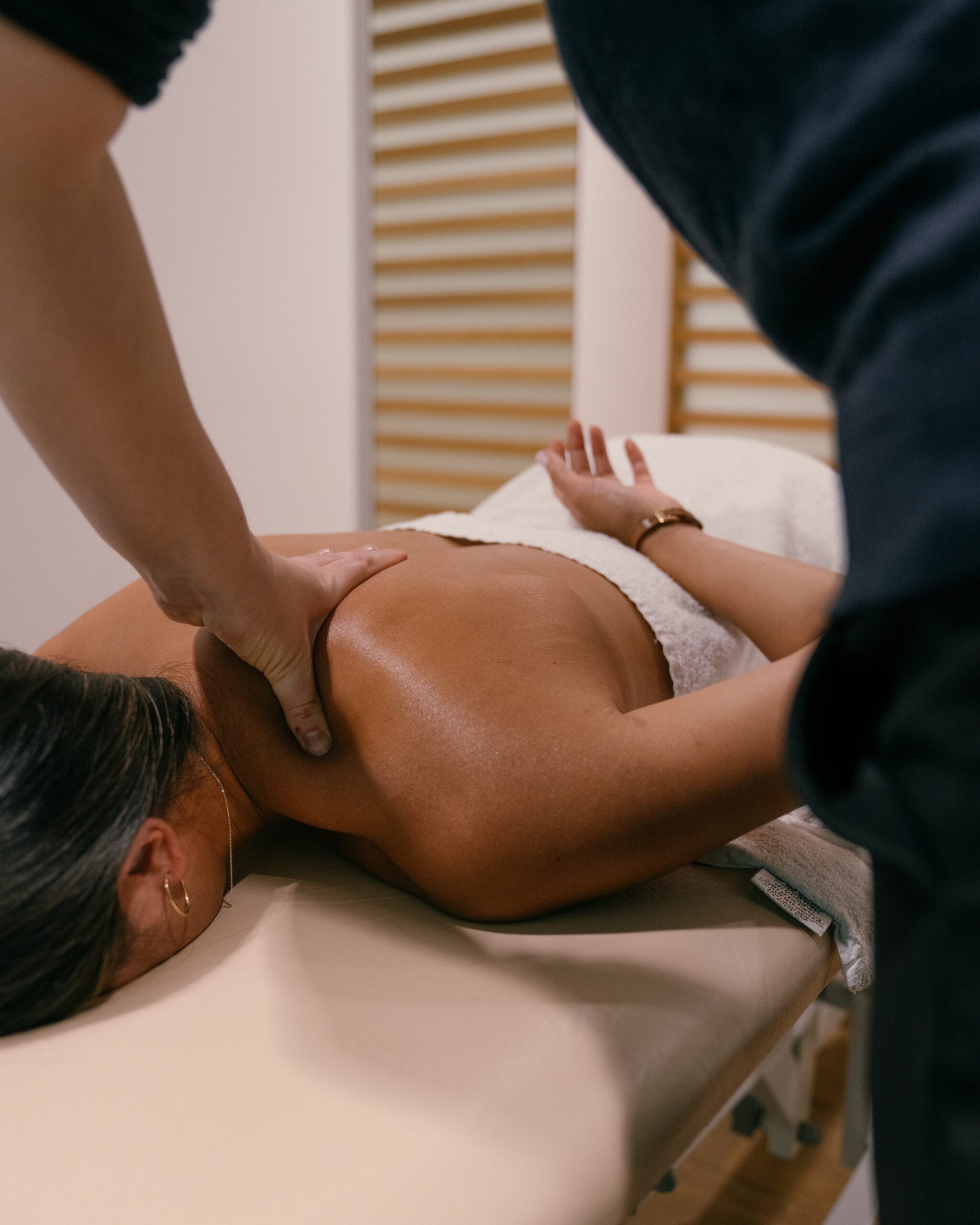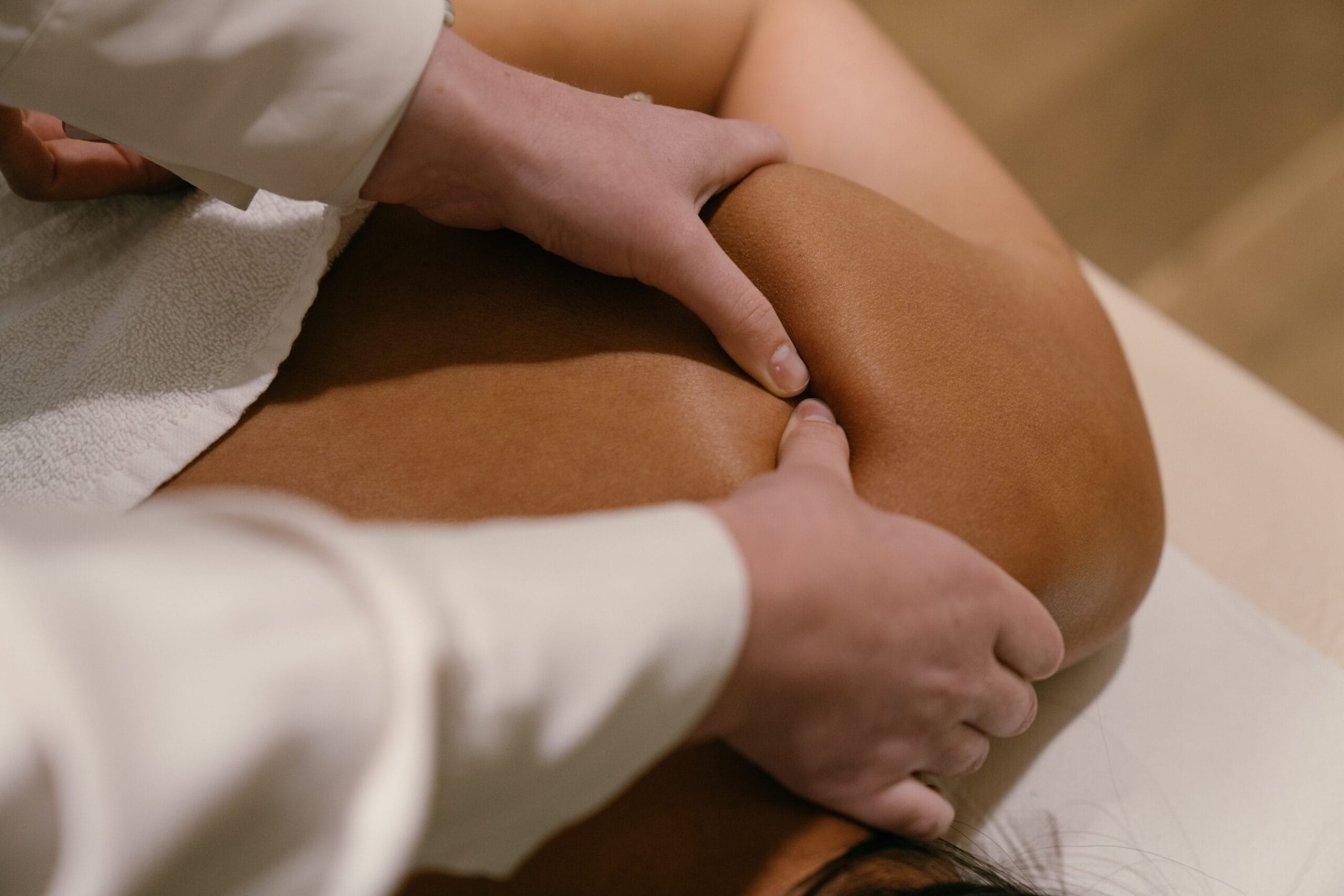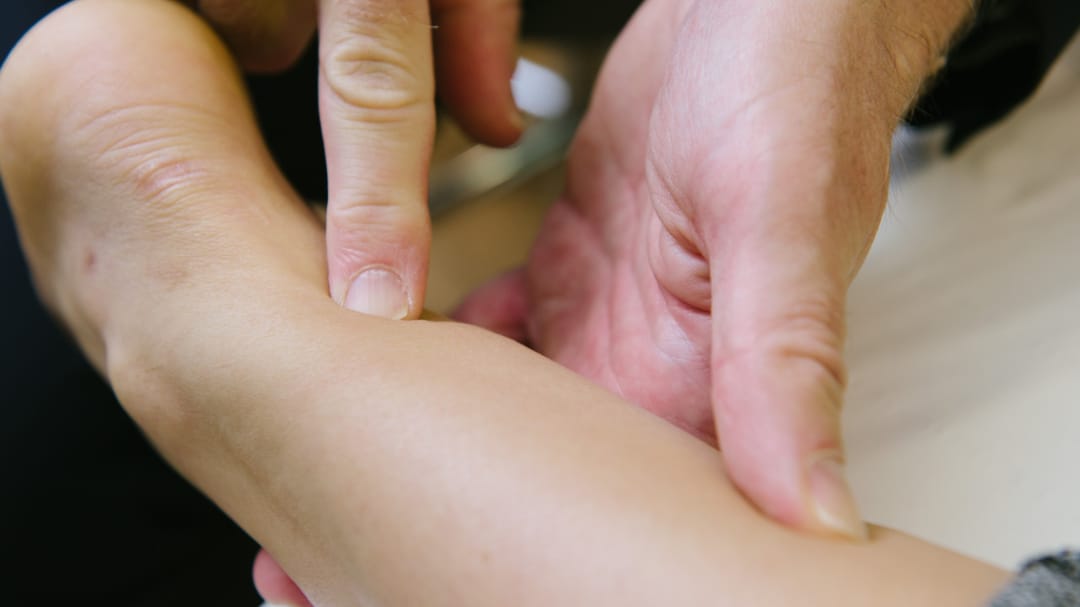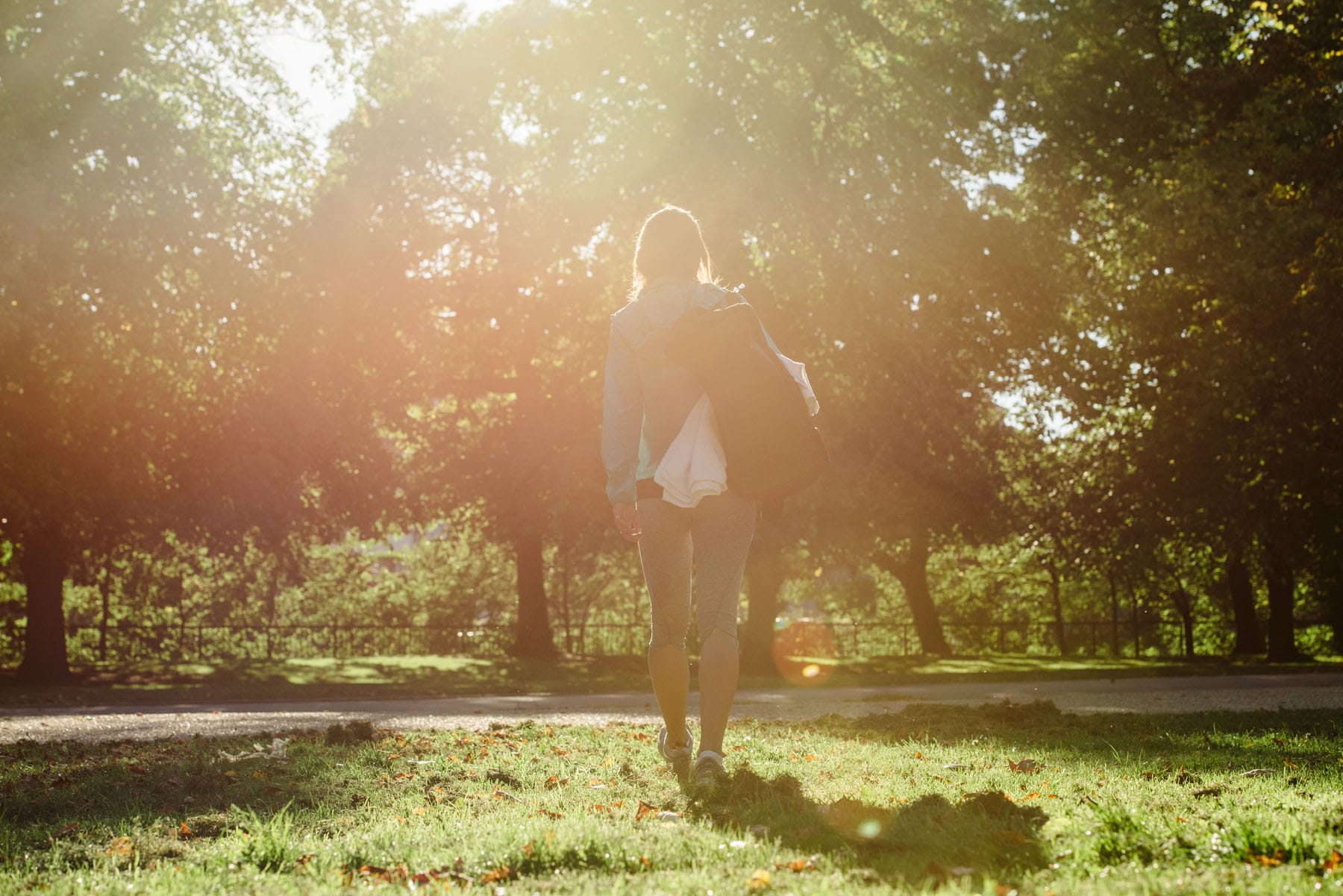Soft Tissue Therapy at The Olympics

Pure Sports Medicine
- 27 December, 2018
- Olympics
- Soft Tissue Therapy
- 1 min read
Soft Tissue Therapy at The Olympics

A couple of weeks before the Olympic Games even start, Soft Tissue Therapists will have arrived in Tokyo to be part of the athletes acclimatisation process.
Massage therapy has been used by athletes for over a century, with US, Swedish and Australian teams starting to use it from 1906. In 1912, several of the British athletes began to incorporate massage into their training and were becoming champions. They saw first-hand an increase in their speed on the running tracks.
Working at events like this can be demanding and challenging, requiring flexibility and long hours. Therapists find that they need to let go of a lot they’ve been taught and embrace new modalities.
An absolute must is a complete and thorough knowledge of anatomy – muscle origins, insertions and how muscle groups work together- and also understanding the nature of injuries and the sport involved. The level of therapist required to work with athletes is of a high standard.
Soft Tissue Therapy should be an active part of the athlete’s maintenance and recovery phase, rather than just providing comfort and relaxation
As an example: A typical day in the life of a tennis team soft tissue therapist would begin with breakfast and a team meeting. One hour before play, work could be anything from a quick shoulder muscle warm up massage to taping. Massage starts once play begins and can be anything from 20 minutes to 90 minutes and involves muscle flushing or specific spot treatment, and then finish with post event work to increase circulation, reduce tension, and calm the athlete!


Advice
Over the last 20+ years our experts have helped more than 100,000 patients, but we don’t stop there. We also like to share our knowledge and insight to help people lead healthier lives, and here you will find our extensive library of advice on a variety of topics to help you do the same.
OUR ADVICE HUBS See all Advice Hubs

